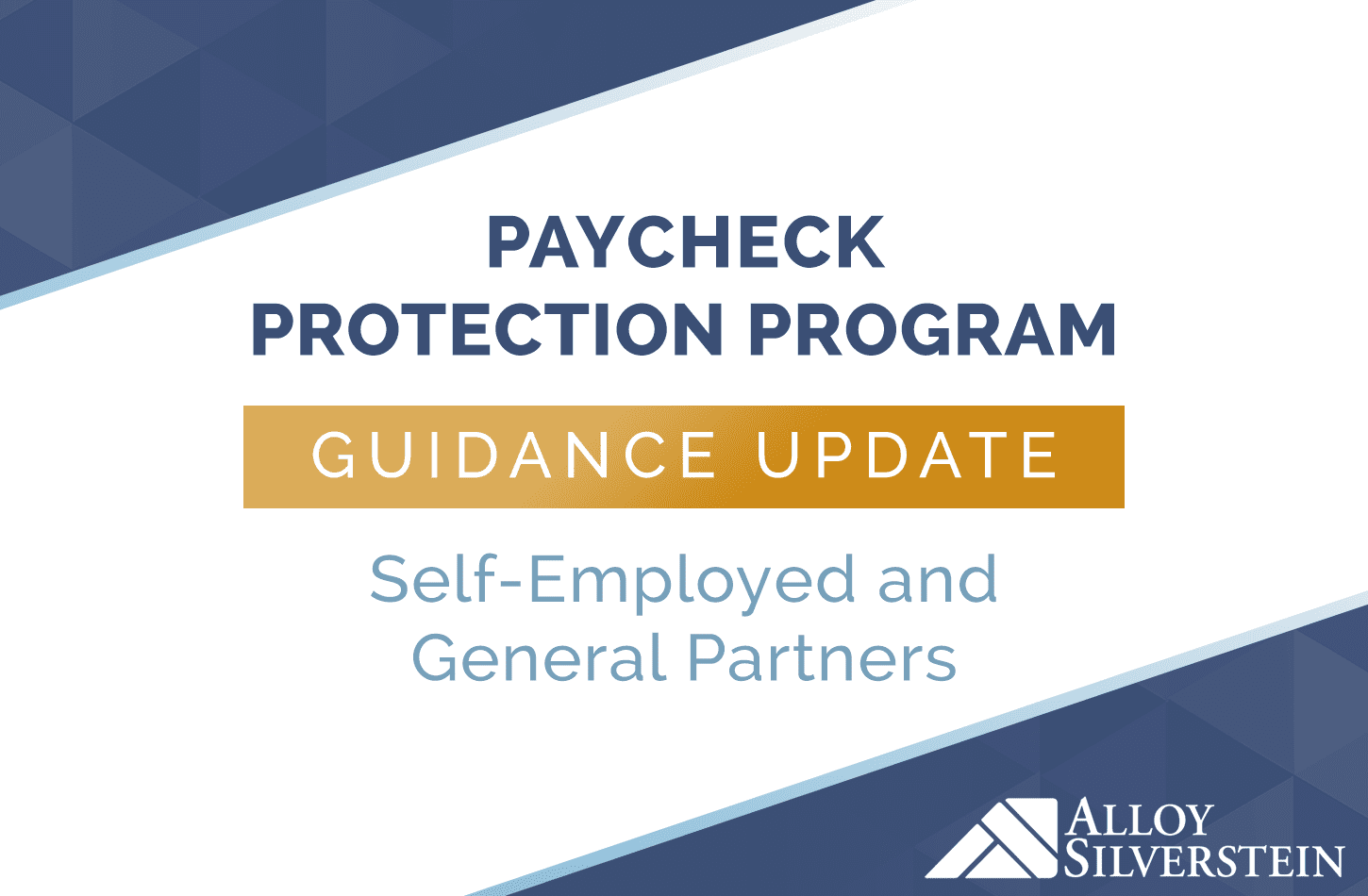
On April 14, 2020, the SBA released a new interim final rule on the Paycheck Protection Program (PPP) and updated their Program FAQs. Among the new guidance is clarification for Schedule C filers and partners in a partnership.
Highlights include:
Eligibility
If a self-employed individual is trying to obtain a PPP, they must have self-employment income reported on a 2019 tax return. If the 2019 Schedule C isn’t completed and filed, it will hinder your ability to apply for the loan. You can file a PPP application if the 2019 return is not complete, but you must include a 2019 Schedule C with the application.
The borrower must also provide proof of being in business during 2020.
The SBA will issue additional guidance for those individuals with self-employment income who: (1) were not in operation in 2019 but who were in operation on Feb. 15, 2020, and (2) will file a Form 1040 Schedule C for 2020.
Calculations
The SBA has defined how a Schedule C filer without employees can calculate their loan amount:
If the Schedule C filer does have employees, use the following calculation:
Forgiveness
The forgiveness amount is based on the borrower’s average monthly profit for 2019 (owner compensation replacement).
To be eligible for forgiveness, the loan proceeds must be spent on employee payroll costs, interest payments on business related debt (real or personal property), business rent payments (real or personal property), and/or business utility payments.
However, in order to take the interest, rent, or utility payments as forgiveness in 2020, those expenses must be present on the 2019 Schedule C.
Individual partners may not submit a separate PPP loan application as a self-employed individual. Their self-employment income should be included with the partnership’s PPP application, up to $100,000.
A lot of information is released on a weekly basis regarding the PPP and SBA relief opportunities. Stay informed by visiting our COVID-19 Resource Center at alloysilverstein.com/covid19.
Turn to an Alloy Silverstein accountant and advisor for Paycheck Protection Program and other SBA lending assistance. We are here to help.
Empowering business owners and individuals in South Jersey and Philadelphia to feel confident through proactive accounting and advisory solutions.